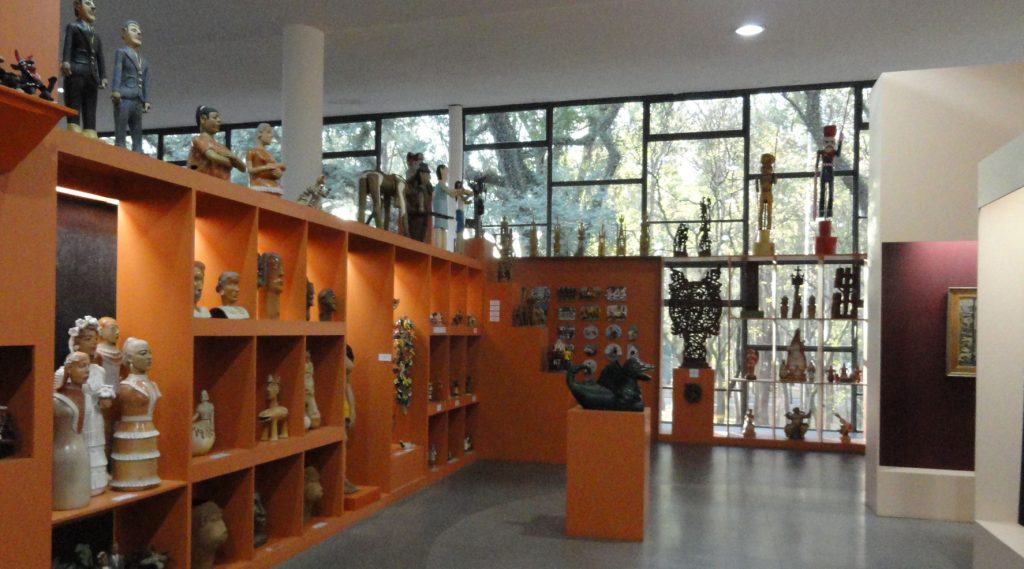
Race is a complicated issue. There is nothing genetically true about race and categorizations based on appearance are always going to be wrong. Racial classifications are an entirely cultural construction. In Brazil, estimations of race were long made on appearance alone. It is possible for brothers to be members of different races and one family might have people called black, white and various colors between.
There is currently a big debate here about quotas based on race for university admissions. We had (and still have) conflicts about this in the U.S., where we have more clearly defined groups. I don’t really know how they determine group membership in Brazil, but I expect that self-identification as a person of African descent will increase among those who could claim multiple ancestries. As I said, there is no biological basis for race; it is a strictly cultural choice.

For many years Brazilians often emphasized their own and their country’s European heritage. There are areas of the country inhabited by decedents Germans, Italians or Poles that look like Europe in almost every way, except for the palm trees. Brazil also has the biggest community of Japanese outside Japan and lots of people from the Levant. But African heritage is a big part of Brazil’s cultural and physical makeup and in recent years there has been more emphasis on this.
States such as Bahia are especially known for their African heritage, but you can find contributions of Africa all over Brazil. In São Paulo I went to visit Afro-Brazilian museum and talk to its founding spirit and artistic director Emanoel de Araújo.
Emanoel is a truly interesting guy. We invited him to the U.S. back in 1975 as part of our international visitor program and he told me that the visit changed his life. He came to understand much better that the African diaspora was similar all over the Atlantic-America and that the African cultures of their origins were worthy of admiration and study.
The museum is built around this concept. You start with African art and artifacts that show the excellence & sophistication of great African civilizations. The exhibits next show Africans in the new world. Of course, the subject of slavery cannot be ignored, but the exhibits are more about overcoming the effects of oppression than about the oppression itself. They show the slaves as competent individuals with important skills that built Brazil. Among the slaves were skilled carpenters, masons, blacksmiths and artists. Their work is celebrated. In addition, Deputy Artistic Director Ana Lucia Lopes told me that Africans had brought important skills and products with them. For example, the strains of rice grown in colonial Brazil came principally from Africa, not Asia. Africans knew how to cultivate these crops and essentially brought this sort of agriculture to Brazil.
The contributions of Africans might seem obvious, but are often submerged in a dominant narrative that Africans supplied mostly unskilled hard labor and that the finer things were planned and managed by Portuguese colonialists. This is just not right. The colonists came in small numbers and they relied on first Native American and later Africa labor AND skills. Brazil, like the U.S., is the result of these multiple influences.
The rest of the museum is filled with interesting things from Brazil’s current or recent culture or current events. The picture second from the top shows “promessas”. These are relics given as homage to a saint in return for helping alleviate a problem. The carving indicted the part of the body or the thing that was affected. So if somebody has a headache, he would carve a head. Some people have broken bones. You see lots of hands and legs. A lot of times, the person is generally sick, so you get the whole person. These were made of wood. Ana Lucia told me that many are also made of wax, which is easier to mold, but they don’t last as long. I took a picture because I just couldn’t tell what it was until I heard explanations. Among the other current events exhibits is one on our President. President Obama is popular in Brazil and the Afro-Brazilian museum featured an exhibit called “From King to Obama.”
I spent a couple hours at the museum and could have spent a lot more talking to Ana Lucia & Emanoel but I had a dinner with the President of the University of Nebraska and had to run. Whoever nominated Emanoel for the IVP program was prescient. It has paid dividends over and over again. Besides the obvious, physical evidence of the museum, Emanoel still loves the United States. Despite our own persistent problems with race, Emanoel sees our country as an example for others to follow.
I constantly bore people by repeating that public diplomacy is a lot less about information and a lot more about relationships. But I repeat it because it is true and I don’t want to let us fall into the trap of thinking we have done our jobs when we pass along some information. We need to work through people. The example of Emanoel shows how effective, sustainable and long-lasting this can be.
